Are you a wine lover who’s always on the hunt for the perfect glass? Well, look no further than this article that will unravel the enigmatic differences between two beloved varietals – Chardonnay and Pinot noir. Prepare to delve into a world where flavors entwine with history and terroir plays a pivotal role.
Whether you’re sipping Chardonnay’s velvety smoothness or indulging in Pinot noir’s seductive complexity, understanding their distinctions will unlock a whole new level of appreciation for these elegant wines. So grab your corkscrew and join us as we uncork the secrets behind Chardonnay versus Pinot noir.
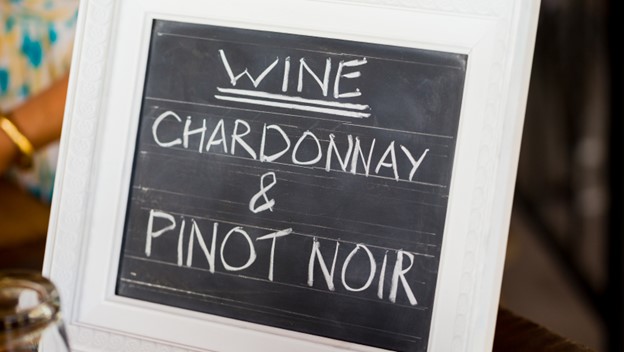
Main Characteristics of the Chardonnay Wine Grape
With its lush flavors and versatility, Chardonnay has long been a favorite choice among wine enthusiasts. This white grape varietal, originally from the Burgundy region in France, has found a global following thanks to its excellent wines and its ability to adapt to different climates and winemaking techniques.

Aroma and Flavor
Chardonnay is famed for its rich and buttery texture that coats the palate. The oak aging process often lends it notes of vanilla and toasted nuts, adding depth and complexity to the wine. However, not all Chardonnays are created equal – some winemakers opt for stainless steel fermentation, resulting in a crisp and fruit-forward expression of sparkling wines. These variations provide an exciting range of flavors for both seasoned connoisseurs and curious newcomers alike.
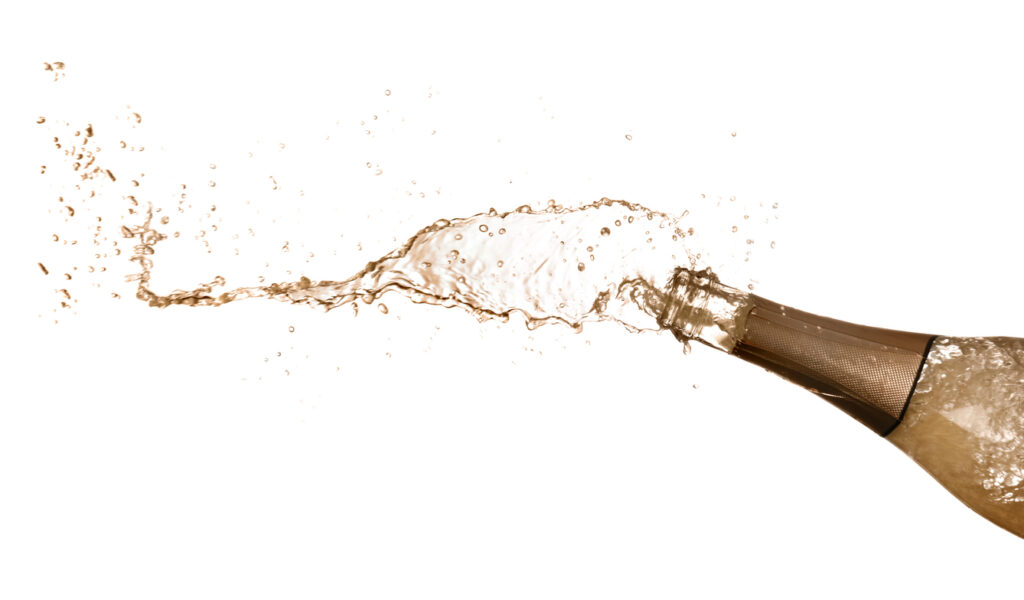
Different regions, different Chardonnays
Besides its diverse flavor profile, one intriguing aspect of Chardonnay is its chameleon-like nature. It effortlessly adapts to different regions around the world,. At the same time it showcases unique characteristics influenced by soil types, climate conditions, and winemaker preferences. From lively citrus undertones found in cool-climate regions like Chablis in France or Mornington Peninsula in Australia to tropical fruit notes prevalent in warmer climates such as Napa Valley or Margaret River. Each glass of Chardonnay presents an opportunity to embark on an exploration of terroir. Additionally, this adaptability allows winemakers endless possibilities when crafting their own distinct expressions of this beloved grape.
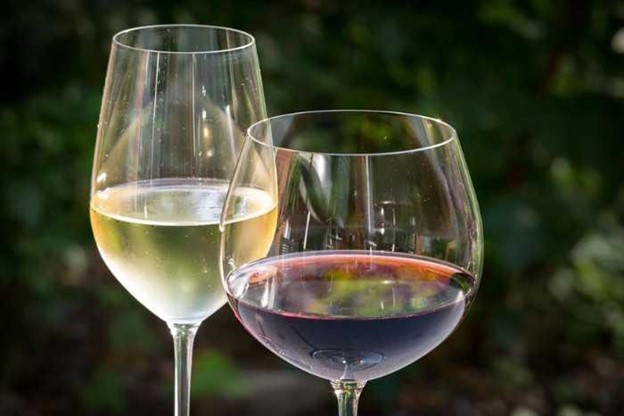
Main Characteristics of the Pinot Noir Wine Grape
Pinot Noir, often hailed as the heartbreak grape, is a delicate yet complex red wine that holds a special place in the hearts of many wine enthusiasts. Originating from Burgundy, France, Pinot Noir is notorious for its thin skin and temperamental nature in the vineyard. However, when successfully grown and vinified, it rewards wine lovers with ethereal aromas of various red fruits, berries, roses, and earthy notes.
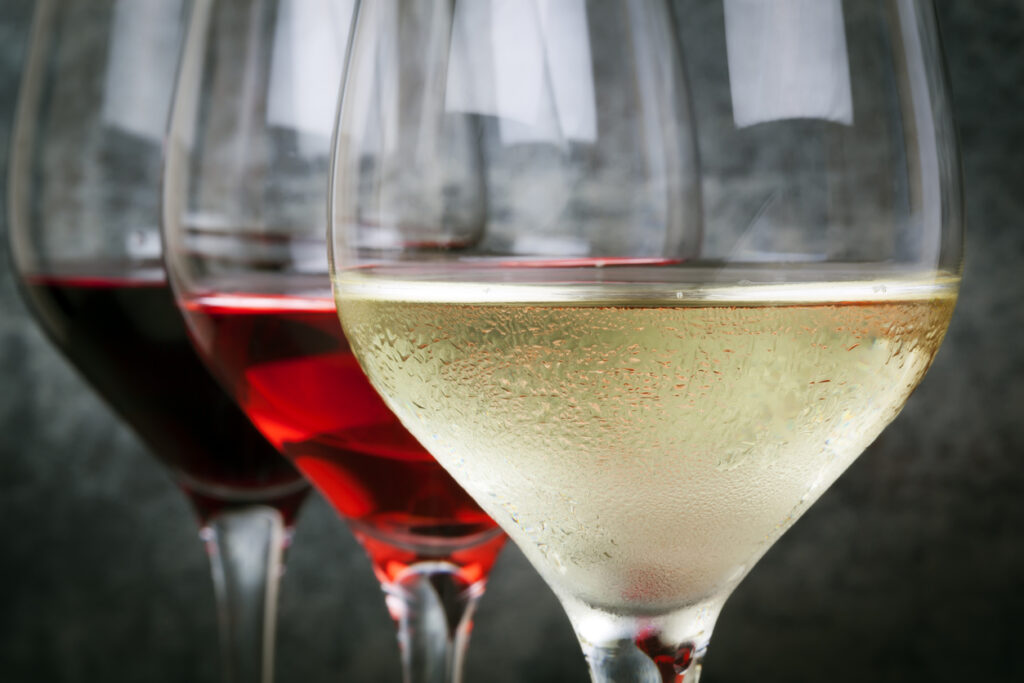
Expression of Terroir
One fascinating aspect of Pinot Noir lies in its ability to express terroir like no other grape variety. Different regions and vineyard sites can result in drastically distinct flavors and characteristics within the wine. From Old World elegance to New World powerhouses, each bottle showcases a unique story told by its origin.
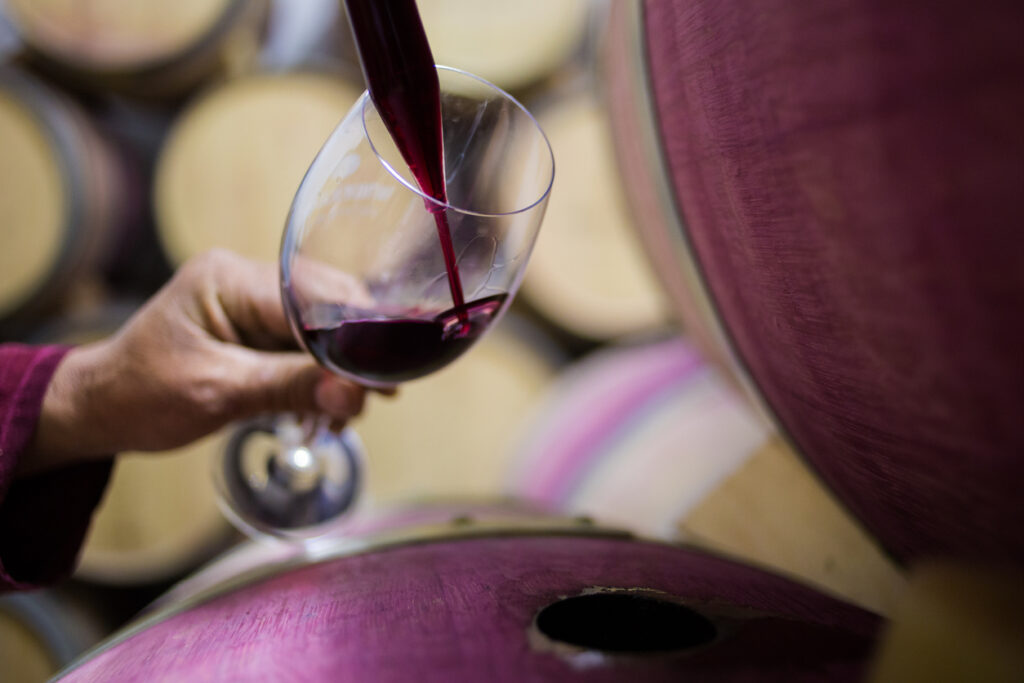
Ageing of Pinot Noir
In addition to being versatile on the palate, Pinot Noir also offers ageability that rivals some of the world’s most famous wines. When cellared properly, these bottles can evolve gracefully over time – unveiling layers upon layers of complexity with each passing year.
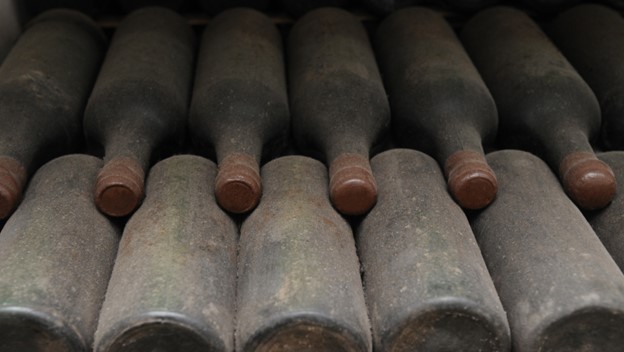
Whether it’s finding sheer joy exploring different expressions from around the world or savoring a well-aged bottle from an esteemed producer, delving into the world of Pinot Noir is an adventure that never disappoints. Its intricacies draw both casual sippers and connoisseurs alike into its enigmatic allure. They captivate our palates with their hypnotic embrace forever.
Pinot Noir… for white Champagne wines?
Blanc de Noirs wine, a hidden gem in the world of Champagne, is unlike any other. Made exclusively from Pinot Noir grapes, this unique sparkling wine delivers a bold and vibrant taste that captivates the senses. With its enticing golden hue and delicate bubbles dancing in the glass, Blanc de Noirs offers an experience that is both elegant and full of character.
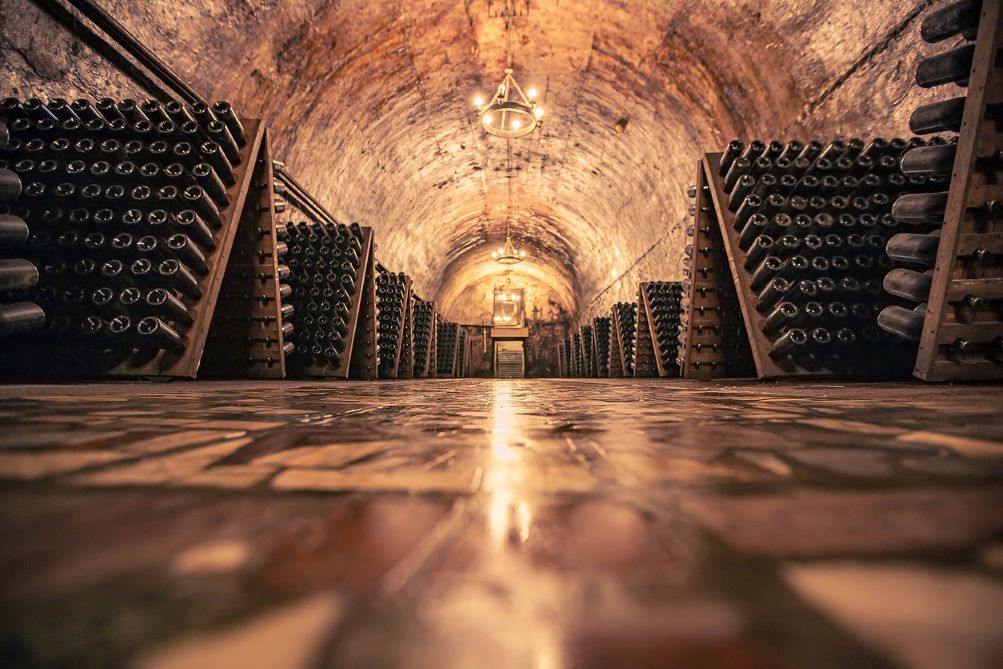
Flavor Profile
What sets Blanc de Noirs apart is its distinct flavor profile. While traditional Champagne blends may contain different grape varieties, Blanc de Noirs stands out by showcasing the expressive nature of Pinot Noir alone. This grape variety contributes rich aromas of red berries, cherry, and even hints of spice. The result is a wine that tantalizes the palate with its complexity and depth. Luscious fruit flavors and fruity aromas balanced by crisp acidity.

Interestingly, despite being made entirely from red grapes like Pinot Noir, Blanc de Noirs maintains a surprising white color due to careful winemaking techniques. The skin pigments are gently separated during pressing to avoid imparting any color to the juice. As a result, these elegant wines embody the best qualities of Pinot Noir while offering a truly unique sensory experience.
Chardonnay Pinot Noir Wine: Styles, Taste, Food Pairings
Chardonnay Vs. Pinot Noir: Differences
When it comes to wines, Pinot Noir and Chardonnay are two distinct varietals that showcase the diversity of flavors and characteristics in the world of wine.

Flavor: Pinot Noir vs Chardonnay
Pinot Noir is known for its light to medium body, delicate texture, and elegant flavors. It typically offers red fruit notes such as red cherry, raspberry, and sometimes even hints of earthiness like mushroom or forest floor. On the other hand, Chardonnay is a white wine that can range from crisp and refreshing to rich and buttery. With flavors ranging from citrus fruits like lemon and grapefruit to tropical fruits like pineapple and mango, Chardonnay offers a wide spectrum of aromas.

Winemaking: Pinot Noir vs Chardonnay
One significant difference between Pinot Noir and Chardonnay lies in their production process. While both grapes can be grown in various regions around the world, making them widely available, their vinification techniques differ greatly.
Pinot Noir is often aged in oak barrels to add complexity and enhance its flavor profile. This aging process imparts subtle notes of vanilla or spice into the wine while also giving it a silky mouthfeel. In contrast, Chardonnay can be fermented in stainless steel tanks for a crisper style or aged in oak barrels for a creamier texture with hints of caramel or butter.
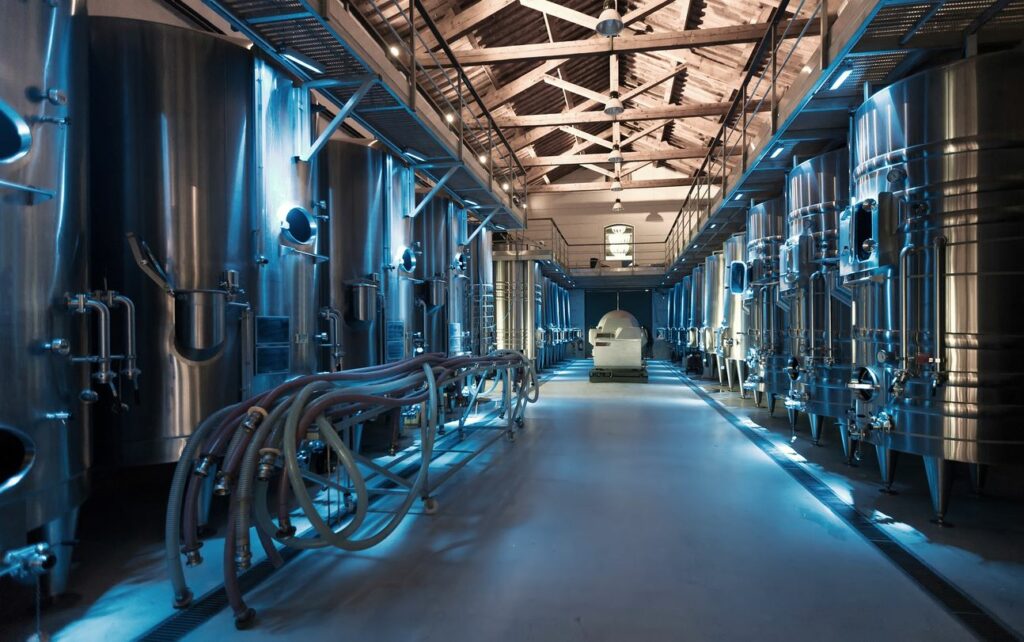
Food Pairing: Pinot Noir vs Chardonnay
When it comes to food pairing, Pinot Noir and Chardonnay are two popular choices. They have distinct characteristics that can enhance any culinary experience. Pinot Noir, known for its light to medium body and delicate fruit flavors, pairs exceptionally well with dishes such as roasted chicken, duck, or salmon. The wine’s subtle acidity and earthy undertones complement the richness of these meats without overpowering them. Moreover, the fruity notes of Pinot Noir can bring out the flavors in mushroom-based dishes or roasted vegetables.
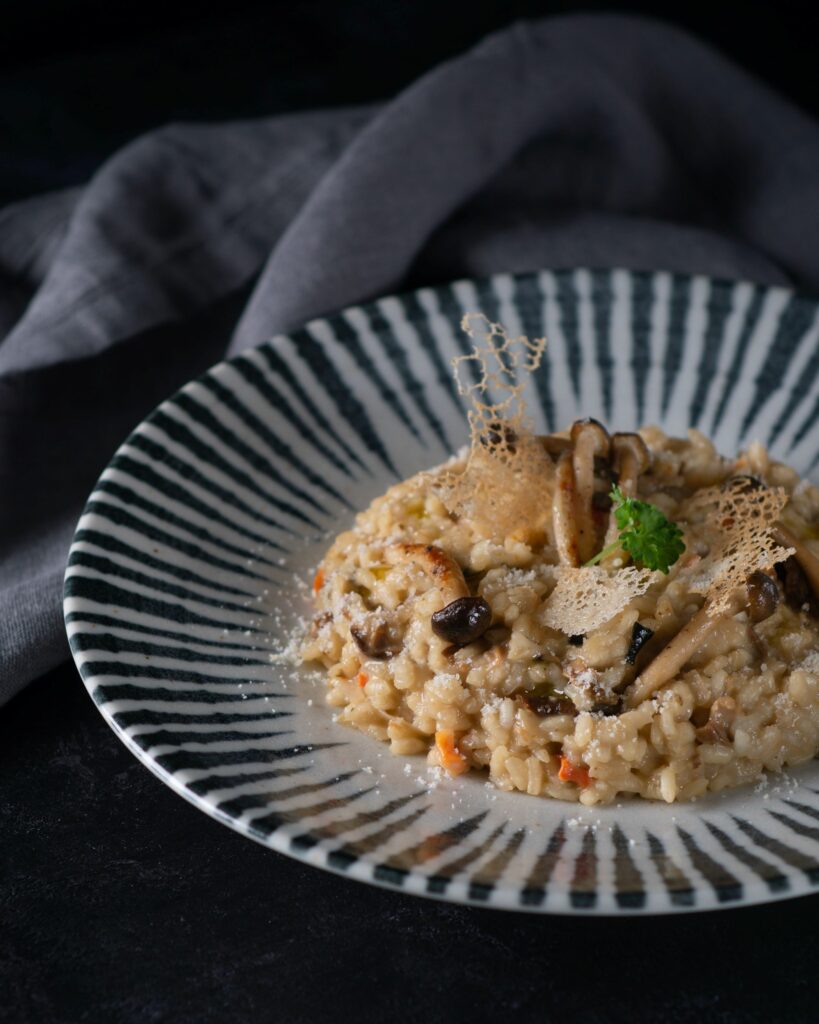
On the other hand, Chardonnay, a full-bodied white wine variety, presents a different range of food pairing opportunities. Its creamy texture and buttery notes make it an ideal match for creamy pasta dishes or seafood like lobster or shrimp scampi. Additionally, Chardonnay’s versatility allows it to pair well with both rich savory flavors and spicy foods. For instance, when paired with spicy Thai curry or Indian butter chicken, Chardonnay’s smoothness can help balance out the heat while highlighting the delicate spices used in these cuisines.

Pinot Noir harmonizes beautifully with lighter meats and earthy flavors like mushrooms. Chardonnay shines alongside creamier dishes and spicier fare. Ultimately, experimenting with different combinations will reveal endless possibilities that elevate both the wine and culinary experience alike.
Chardonnay vs Pinot Noir: Similarities
Both Pinot Noir and Chardonnay are two of the most popular and widely enjoyed grape varieties in the world. While they may differ greatly in terms of flavor profile and characteristics, there are also some noteworthy similarities between these two wines.
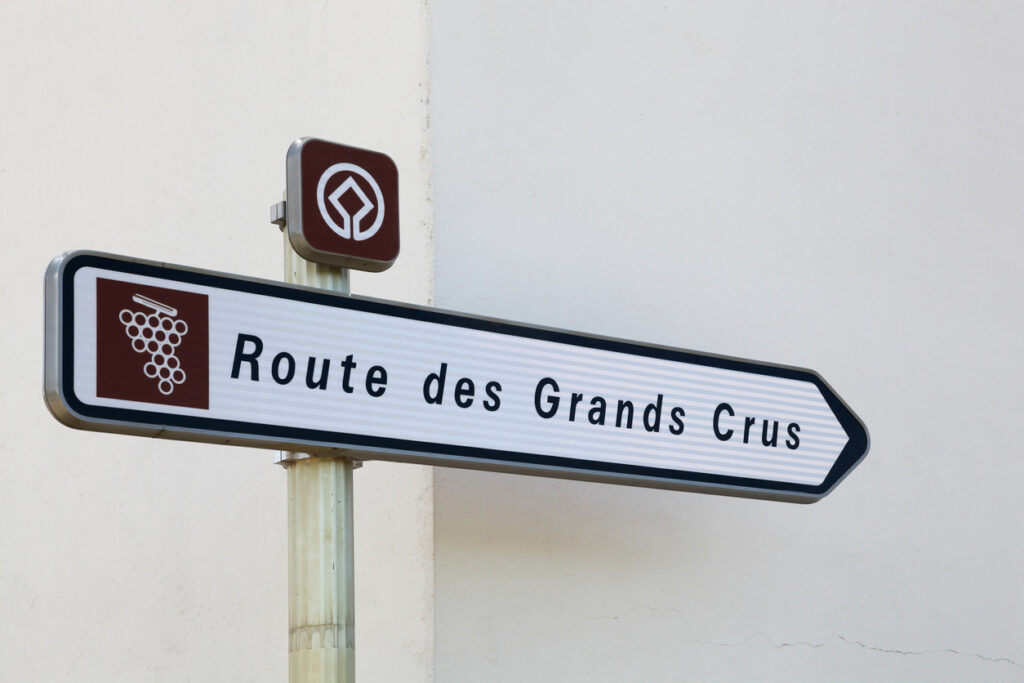
Terroir: Chardonnay vs Pinot Noir
One similarity is that both Pinot Noir and the Chardonnay grape can be highly expressive of their terroir. The climate, soil, and growing conditions where these grapes are cultivated greatly influence the final flavor and aroma of the wine. In cooler climates, Pinot Noir tends to exhibit bright acidity, red fruit flavors like cherry or cranberry, as well as earthy undertones. Chardonnay grown in cooler regions often showcases crisp acidity, citrus fruit notes, and mineral characteristics.
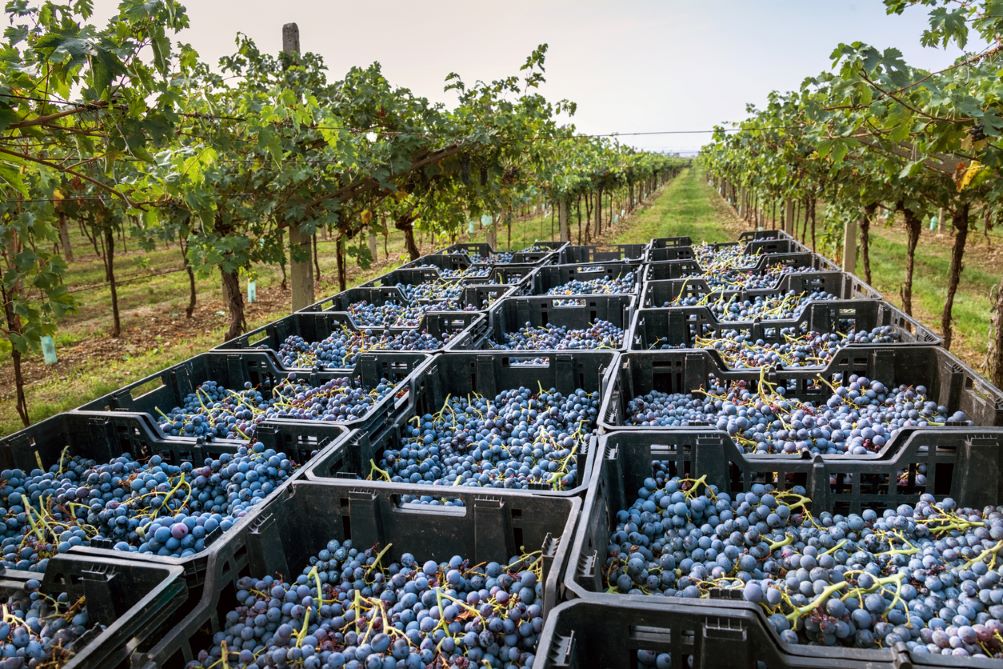
Verstility in Winemaking: Chardonnay vs Pinot Noir
Another common aspect between Pinot Noir and Chardonnay lies in their versatility when it comes to winemaking techniques. Both grape varieties can be crafted into a wide array of styles ranging from light and elegant to fuller-bodied and oak-influenced. Winemakers have myriad options to showcase their skills. They experiment with different fermentation methods (barrel fermented vs stainless steel) and blending choices (single vineyard vs multiple vineyards). Aging techniques (sur lie aging or malolactic fermentation) play an important role, too.
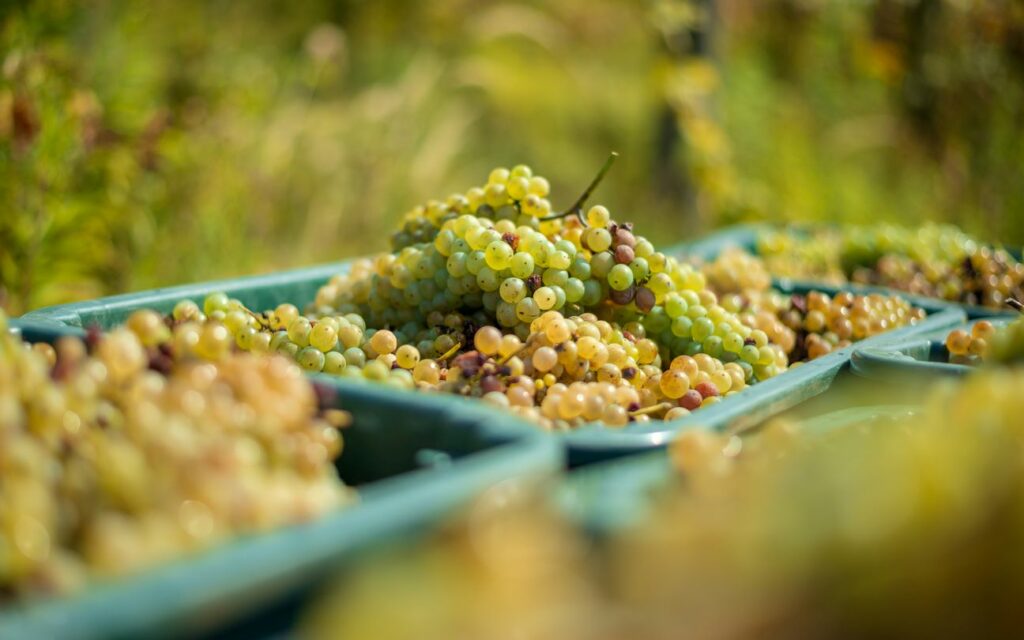
Wine Regions: Chardonnay vs Pinot Noir
When it comes to comparing Pinot Noir and Chardonnay wine regions, one cannot help but be drawn to the distinct characteristics exhibited by these two varietals.
Pinot Noir thrives in cool climate regions such as Burgundy, Oregon, and parts of California like the Russian River Valley. These regions provide the perfect environment for this delicate grape with their foggy mornings and cooler temperatures. These conditions allow for slower ripening and ultimately produce wines with elegant aromatics and a silky texture.
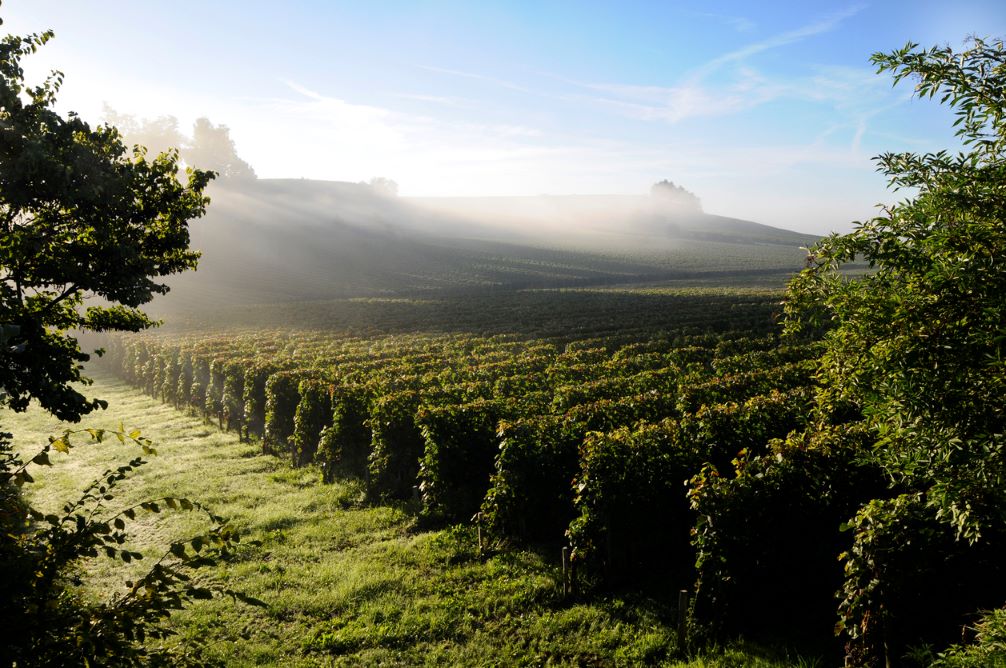
On the other hand, Chardonnay is known for its versatility and ability to flourish in a variety of climates. It can excel in cool climate regions like Burgundy and Champagne. Chardonnay also thrives in warmer areas such as Australia’s Margaret River or California’s Napa Valley. The difference between cool climates often lies in the style of Chardonnay produced. Cool climate versions tend to be leaner with bright acidity, while those from warmer climates are often richer and fuller-bodied.

Conclusion
In conclusion, the debate between Pinot Noir and Chardonnay is an ongoing one in the world of wine lovers. Both varietals have their own distinct characteristics and appeal to different palates. Pinot Noir offers a delicate, light-bodied experience with its red fruit flavors and earthy undertones. Chardonnay provides a rich, full-bodied experience with its notes of butter and tropical fruits.
Whether you prefer a versatile red or a luxurious white, exploring both Pinot Noir and Chardonnay can be a delightful journey of discovering new flavors and expanding your wine palate.

